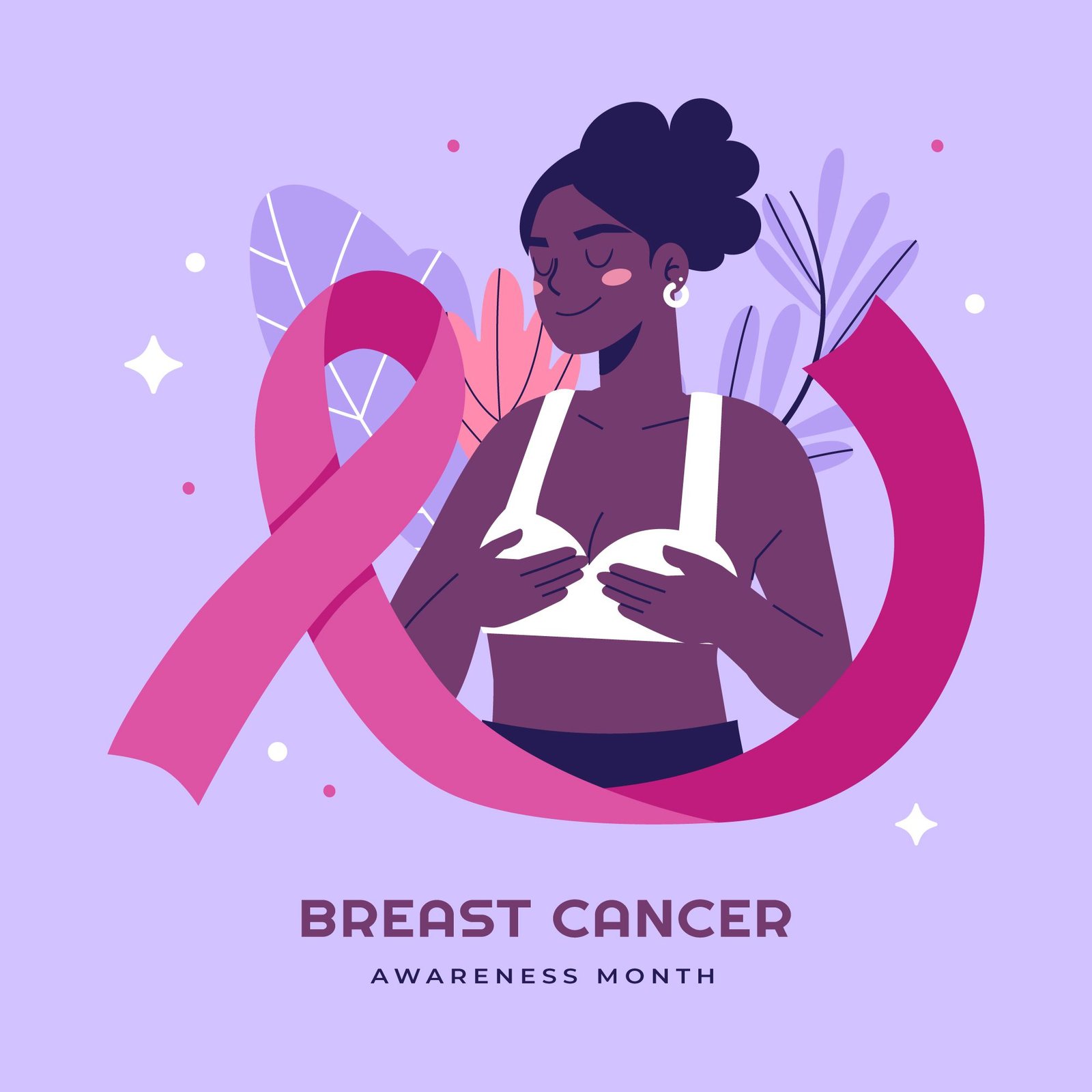When She Doesn’t Finish: Understanding Female Orgasm Without Shame or Blame
Let’s drop the ego for a minute. You’re in bed with someone you care about. You’re doing all the right things—or at least you think you are. But she doesn’t

Let’s drop the ego for a minute.
You’re in bed with someone you care about. You’re doing all the right things—or at least you think you are. But she doesn’t climax. Not once. Maybe she smiles, says it was nice, maybe even reassures you—but deep down, you wonder:
“Is it me?”
If you’ve ever felt confused, disappointed, or even insecure when your partner doesn’t orgasm, you’re not alone. And if she’s the one quietly carrying that frustration, she’s not broken—and neither are you.
The truth is, many women struggle to climax during sex. But this isn’t about failure. It’s about understanding, communication, and unlearning decades of sexual myths.
Let’s talk about why this happens, how to create space for orgasm without pressure, and why it’s okay—even necessary—for men to be vulnerable in the process.
Why Some Women Don’t Climax During Sex
The female orgasm isn’t a switch—it’s a complex blend of biology, psychology, context, and emotional safety. According to multiple studies:
- About 70% of women don’t climax through intercourse alone
- Around 10–15% rarely or never climax
- Many feel pressure to fake it or stay silent
So if your partner isn’t reaching orgasm, it doesn’t mean she’s not enjoying the experience. And it definitely doesn’t mean you’re failing.
It means there’s more to explore.
1. Make Clitoral Stimulation a Priority

Most women need direct or indirect clitoral stimulation to climax. That’s not a side dish—it’s the main course.
Methods that help:
- Oral sex (with varied pressure and rhythm)
- Using your hands—ask her what speed or pattern feels best
- Sex toys—especially external vibrators for added stimulation
- Grinding or positioning that creates clitoral friction during penetration
The clitoris isn’t just “a button.” It’s part of a deep, internal structure that wraps around the vaginal canal. The more you understand her anatomy, the more confident and connected you’ll feel.
2. Engage Emotionally and Mentally
For many women, mental state is everything. You can’t separate sex from the rest of life.
If she’s:
- Stressed
- Feeling judged
- Self-conscious about her body
- Overwhelmed or not emotionally safe
…then climax might not even be on her radar.
Create a vibe that feels:
- Safe – no rush, no performance pressure
- Present – focus on her cues, not a goal
- Open – invite her to guide, request, or pause at any time
Ask what turns her on. What feels good. What doesn’t. And if she’s unsure, explore together.
3. Try Different Techniques and Positions
Routine can kill curiosity.
Experiment with:
- Slow build-up over 20–40 minutes (not 5)
- Edging—bringing her close, then backing off
- Positions that maximize clitoral stimulation (like girl-on-top, spooning with hand or toy assist)
- Breathwork and pelvic floor engagement—yes, breathing and muscle control can heighten sensation
Turn it into an adventure, not an exam.
4. Encourage Communication—Without Shame
Many women feel they’re “too much” or “not enough” if they don’t climax “like everyone else.”
So create a space where she can say:
- “I’m not there yet”
- “Let’s slow down”
- “Can you try this instead?”
- Or even “I don’t know what works for me yet.”
That’s not rejection. That’s intimacy.
If you stay open and receptive, it shows her she can trust you. And that trust is foreplay.
5. Normalize the Journey—Not the Outcome
Every woman is different. Every night is different. Some nights she may climax easily. Some nights she won’t.
Her pleasure is not a performance—and neither is yours.
If she feels pressure to “make it happen,” her body shuts down. If you feel pressure to “get her there,” you lose connection with the moment.
Real sex is messy, playful, emotional, and evolving. Let that be okay.
Should You Take It Personally?
Short answer: No. But it’s okay if you sometimes do.
As men, we’re raised to think that pleasure equals performance. That we’re measured by results. But sex isn’t a scoreboard—it’s a conversation. If she doesn’t climax, it’s not necessarily about your technique. It’s often about time, trust, and context.
If you feel insecure, talk about it. Your emotional vulnerability is not weakness—it’s a gift. The best lovers aren’t the most skilled—they’re the most present.
The Mental Health Side of Intimacy
Sexual disconnect—on either side—can cause:
- Anxiety and self-doubt
- Resentment
- Shame
- Emotional distance in the relationship
But it can also be a bridge.
When couples talk honestly about sex, they tend to:
- Feel closer
- Experience more pleasure
- Build longer-lasting intimacy
Therapists, sex educators, and pelvic floor specialists can help too. You don’t have to figure this out alone.
Rewriting the Story of Female Pleasure
If the woman you’re with doesn’t climax, don’t make it a blame game. Make it an invitation.
Invite her body to lead. Invite her voice into the room. Invite new ways of connecting—physically and emotionally.
You are not the problem. She is not the problem. The only real problem? Silence. Shame. And trying to turn sex into a finish line.
When you choose presence over pressure, exploration over ego, and connection over control—that’s when sex becomes sacred.
That’s when she feels seen. And that, my friends, is what makes all the difference.
Let’s drop the ego for a minute.
You’re in bed with someone you care about. You’re doing all the right things—or at least you think you are. But she doesn’t climax. Not once. Maybe she smiles, says it was nice, maybe even reassures you—but deep down, you wonder:
“Is it me?”
If you’ve ever felt confused, disappointed, or even insecure when your partner doesn’t orgasm, you’re not alone. And if she’s the one quietly carrying that frustration, she’s not broken—and neither are you.
The truth is, many women struggle to climax during sex. But this isn’t about failure. It’s about understanding, communication, and unlearning decades of sexual myths.
Let’s talk about why this happens, how to create space for orgasm without pressure, and why it’s okay—even necessary—for men to be vulnerable in the process.
Read About: When Care Doesn’t See You: The Urgent Need for Cultural Awareness in Health Care
Why Some Women Don’t Climax During Sex
The female orgasm isn’t a switch—it’s a complex blend of biology, psychology, context, and emotional safety. According to multiple studies:
- About 70% of women don’t climax through intercourse alone
- Around 10–15% rarely or never climax
- Many feel pressure to fake it or stay silent
So if your partner isn’t reaching orgasm, it doesn’t mean she’s not enjoying the experience. And it definitely doesn’t mean you’re failing.
It means there’s more to explore.
1. Make Clitoral Stimulation a Priority
Most women need direct or indirect clitoral stimulation to climax. That’s not a side dish—it’s the main course.
Methods that help:
- Oral sex (with varied pressure and rhythm)
- Using your hands—ask her what speed or pattern feels best
- Sex toys—especially external vibrators for added stimulation
- Grinding or positioning that creates clitoral friction during penetration
The clitoris isn’t just “a button.” It’s part of a deep, internal structure that wraps around the vaginal canal. The more you understand her anatomy, the more confident and connected you’ll feel.
2. Engage Emotionally and Mentally
For many women, mental state is everything. You can’t separate sex from the rest of life.
If she’s:
- Stressed
- Feeling judged
- Self-conscious about her body
- Overwhelmed or not emotionally safe
…then climax might not even be on her radar.
Create a vibe that feels:
- Safe – no rush, no performance pressure
- Present – focus on her cues, not a goal
- Open – invite her to guide, request, or pause at any time
Ask what turns her on. What feels good. What doesn’t. And if she’s unsure, explore together.
3. Try Different Techniques and Positions
Routine can kill curiosity.
Experiment with:
- Slow build-up over 20–40 minutes (not 5)
- Edging—bringing her close, then backing off
- Positions that maximize clitoral stimulation (like girl-on-top, spooning with hand or toy assist)
- Breathwork and pelvic floor engagement—yes, breathing and muscle control can heighten sensation
Turn it into an adventure, not an exam.
4. Encourage Communication—Without Shame
Many women feel they’re “too much” or “not enough” if they don’t climax “like everyone else.”
So create a space where she can say:
- “I’m not there yet”
- “Let’s slow down”
- “Can you try this instead?”
- Or even “I don’t know what works for me yet.”
That’s not rejection. That’s intimacy.
If you stay open and receptive, it shows her she can trust you. And that trust is foreplay.
5. Normalize the Journey—Not the Outcome
Every woman is different. Every night is different. Some nights she may climax easily. Some nights she won’t.
Her pleasure is not a performance—and neither is yours.
If she feels pressure to “make it happen,” her body shuts down. If you feel pressure to “get her there,” you lose connection with the moment.
Real sex is messy, playful, emotional, and evolving. Let that be okay.
Should You Take It Personally?
Short answer: No. But it’s okay if you sometimes do.
As men, we’re raised to think that pleasure equals performance. That we’re measured by results. But sex isn’t a scoreboard—it’s a conversation. If she doesn’t climax, it’s not necessarily about your technique. It’s often about time, trust, and context.
If you feel insecure, talk about it. Your emotional vulnerability is not weakness—it’s a gift. The best lovers aren’t the most skilled—they’re the most present.
The Mental Health Side of Intimacy
Sexual disconnect—on either side—can cause:
- Anxiety and self-doubt
- Resentment
- Shame
- Emotional distance in the relationship
But it can also be a bridge.
When couples talk honestly about sex, they tend to:
- Feel closer
- Experience more pleasure
- Build longer-lasting intimacy
Therapists, sex educators, and pelvic floor specialists can help too. You don’t have to figure this out alone
By Steven Grillo for Ravoke.com








